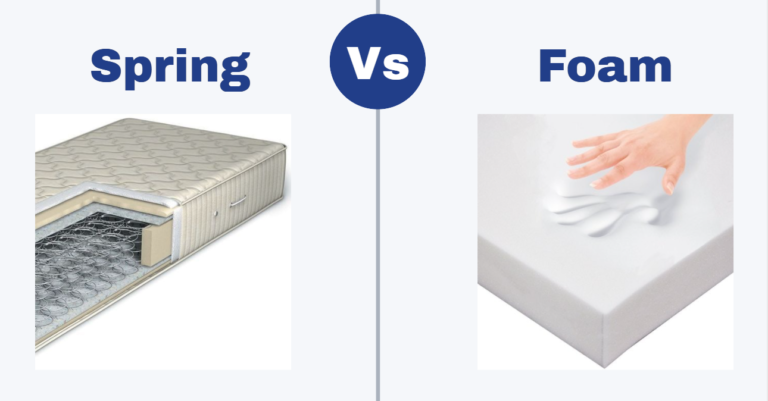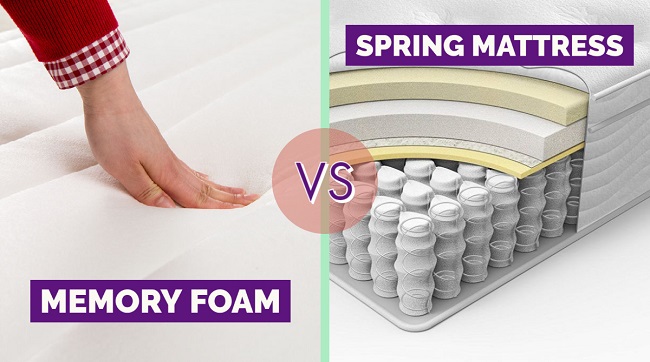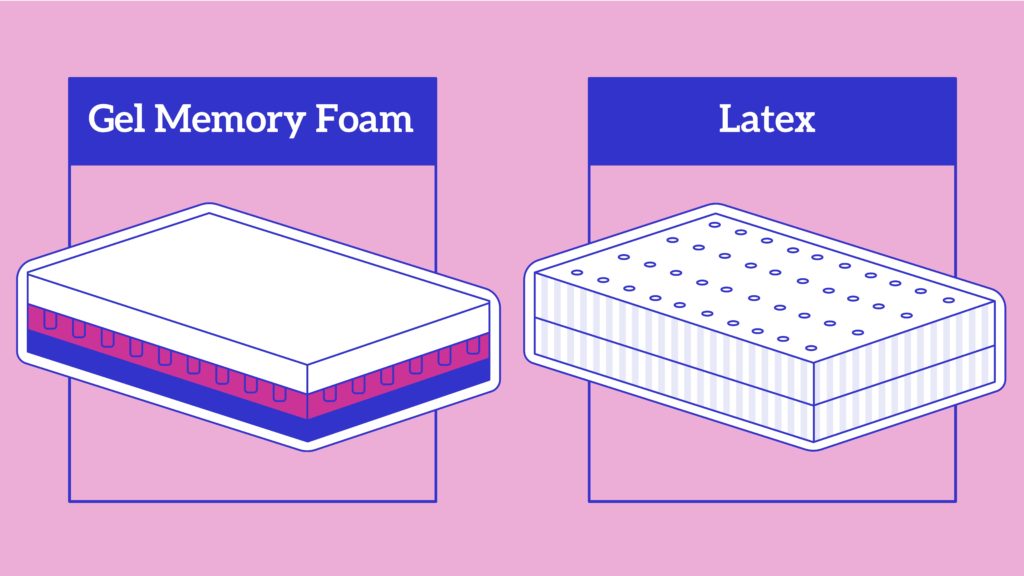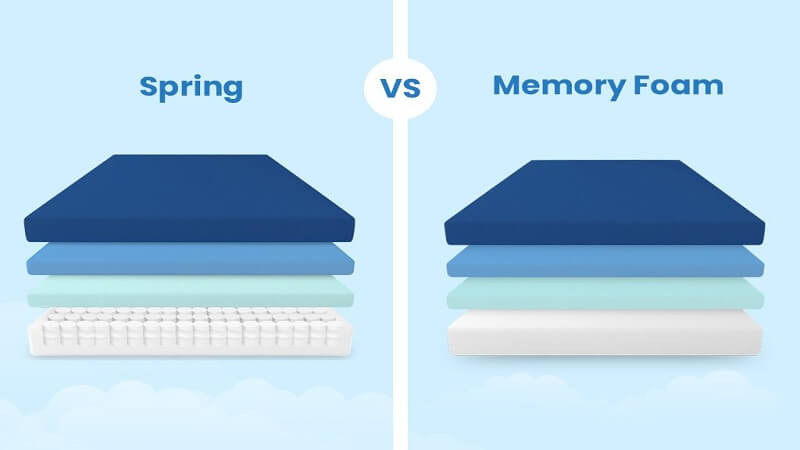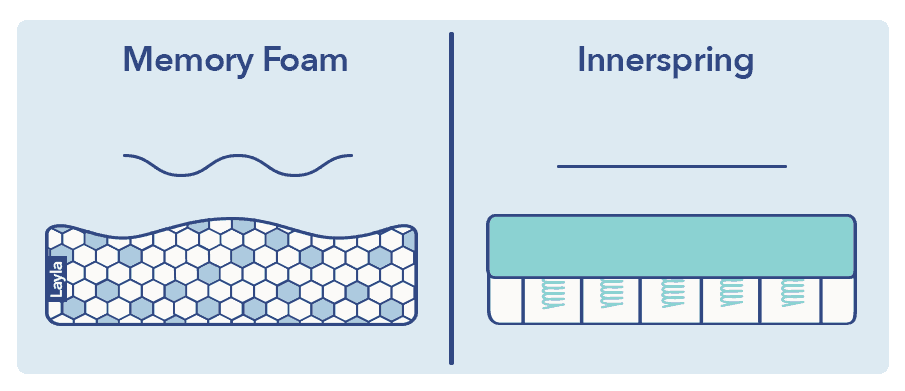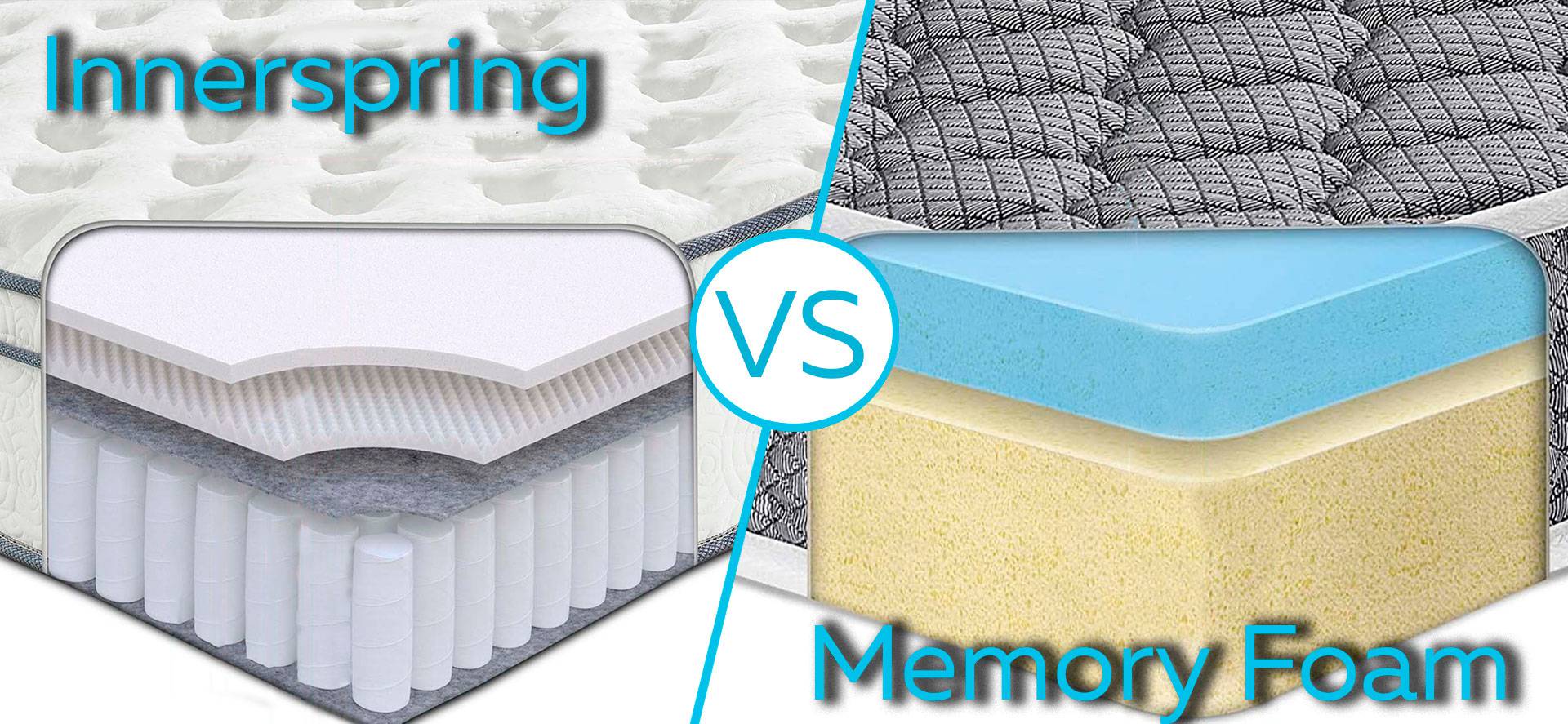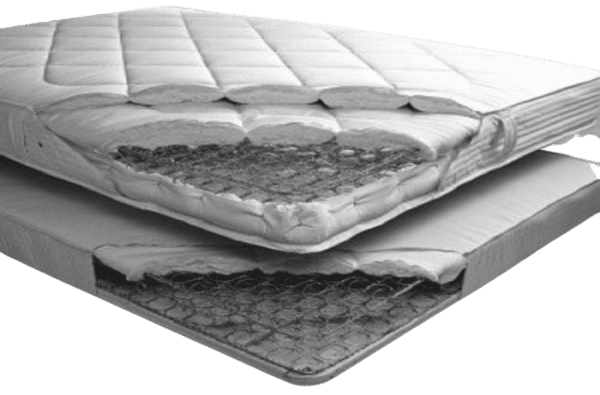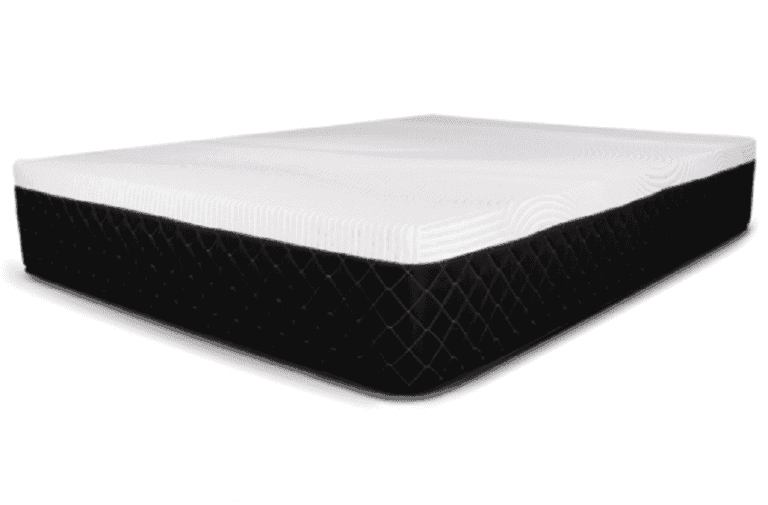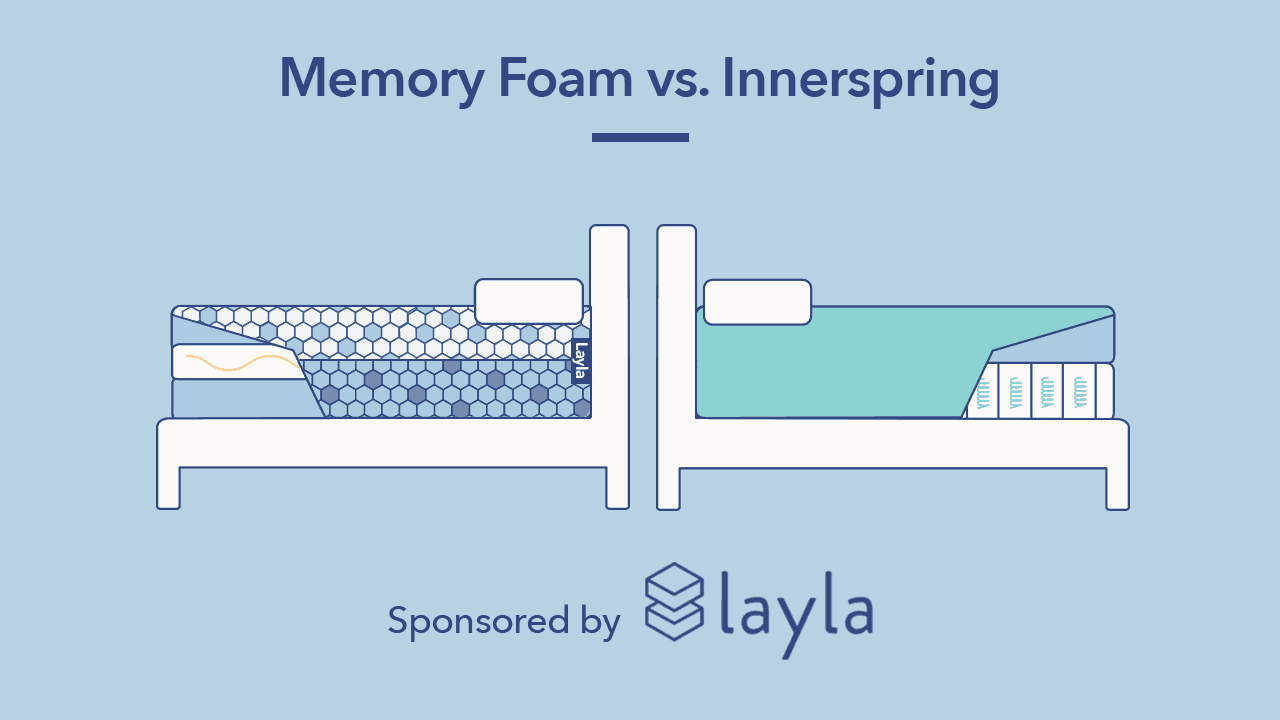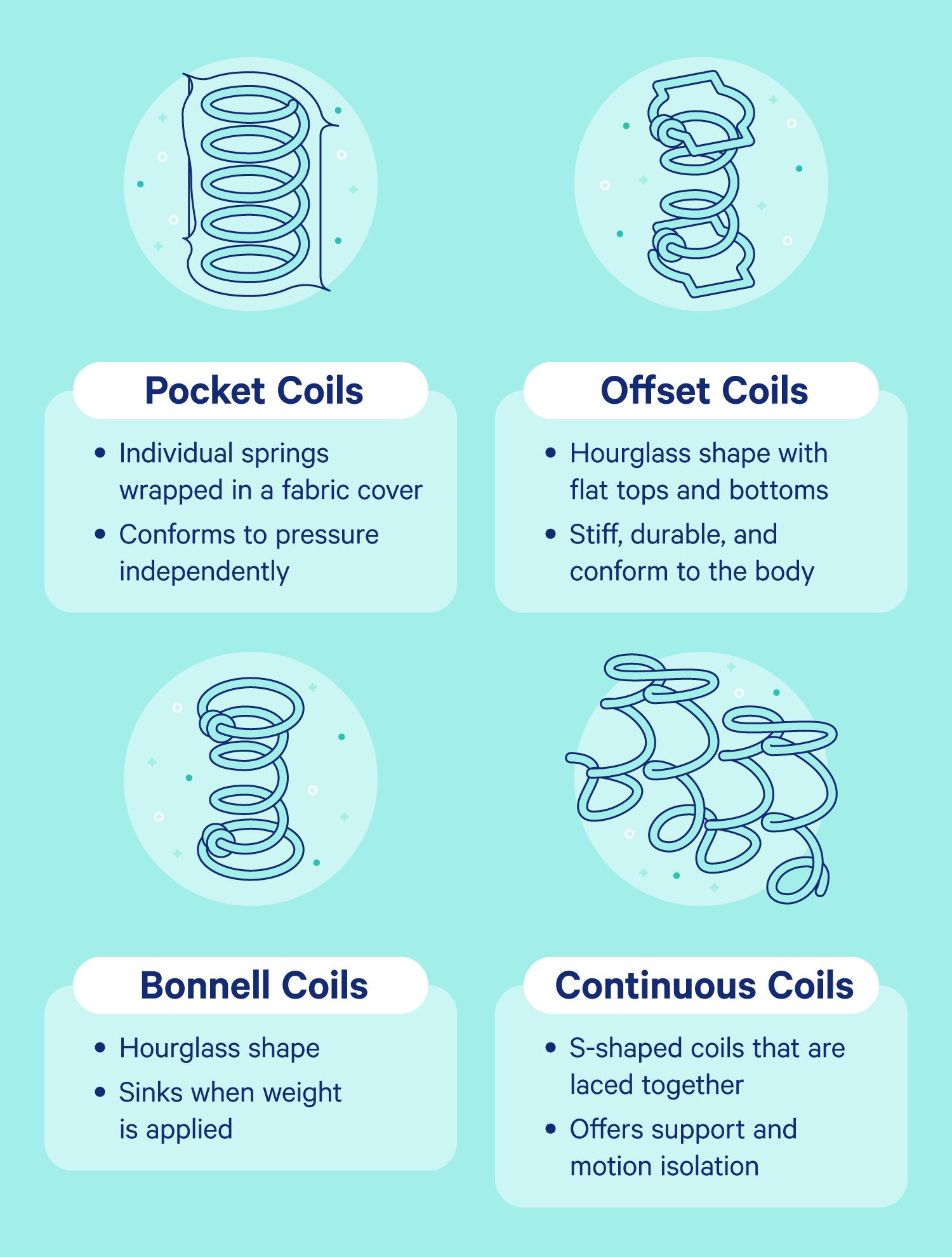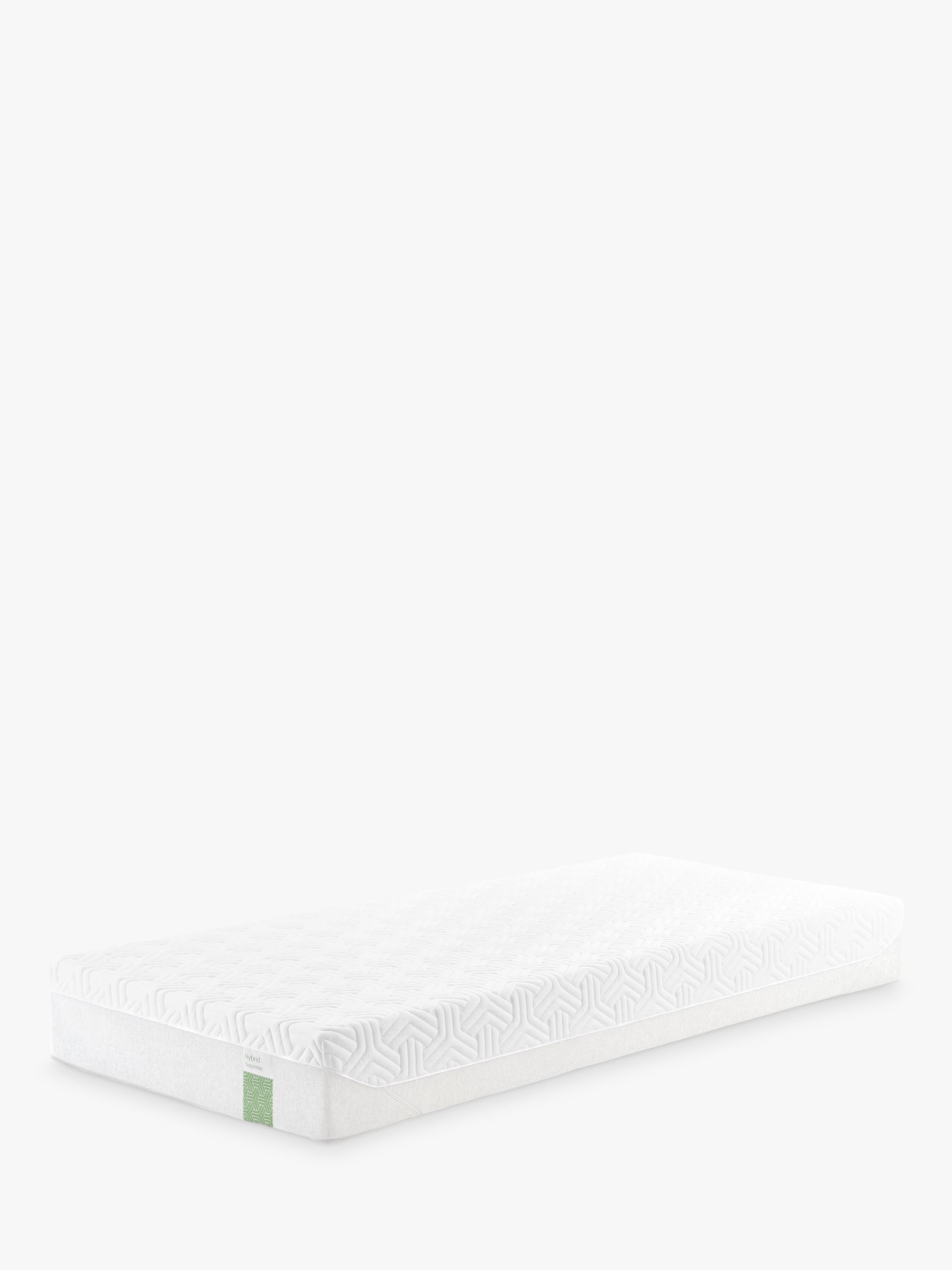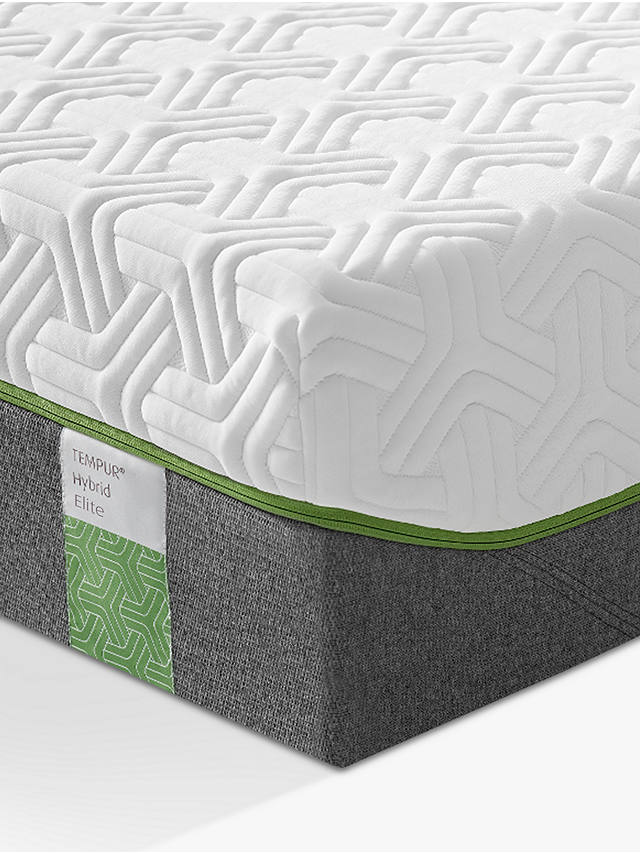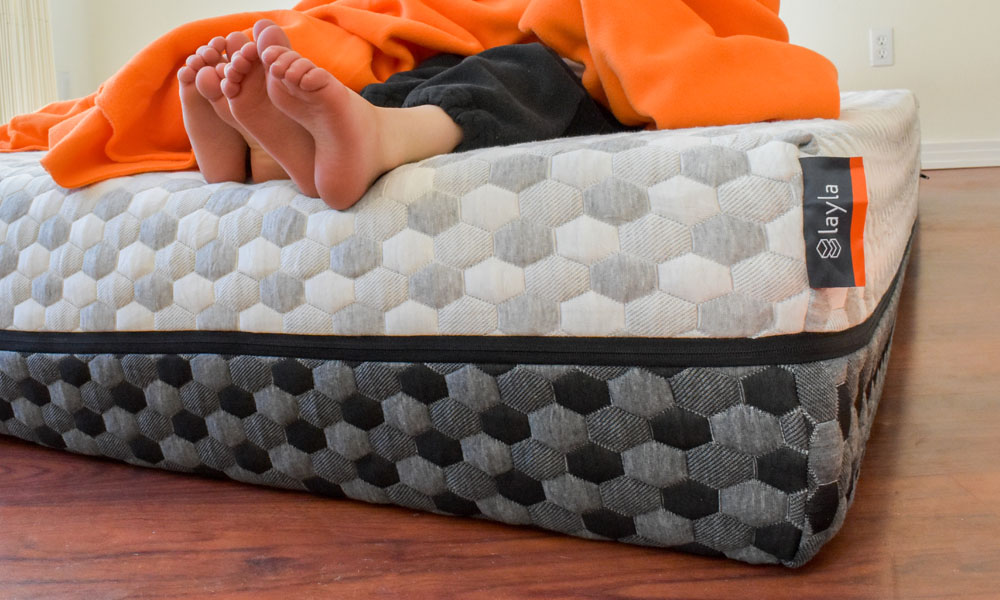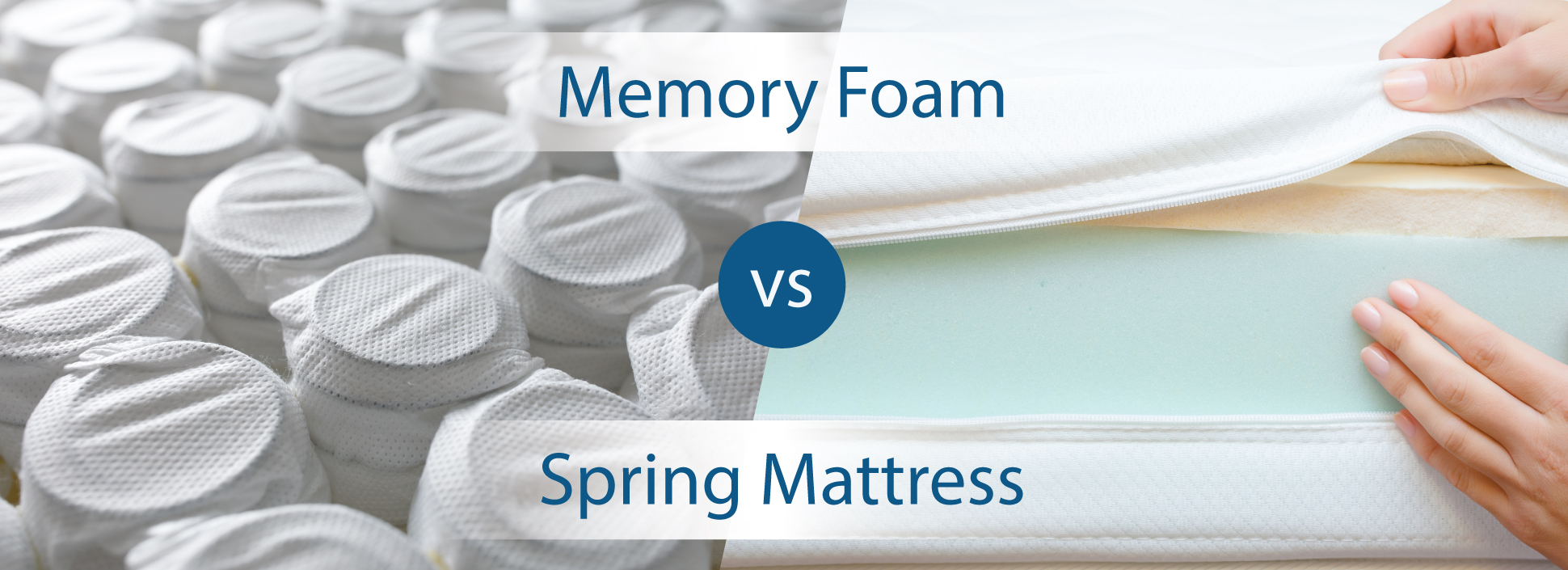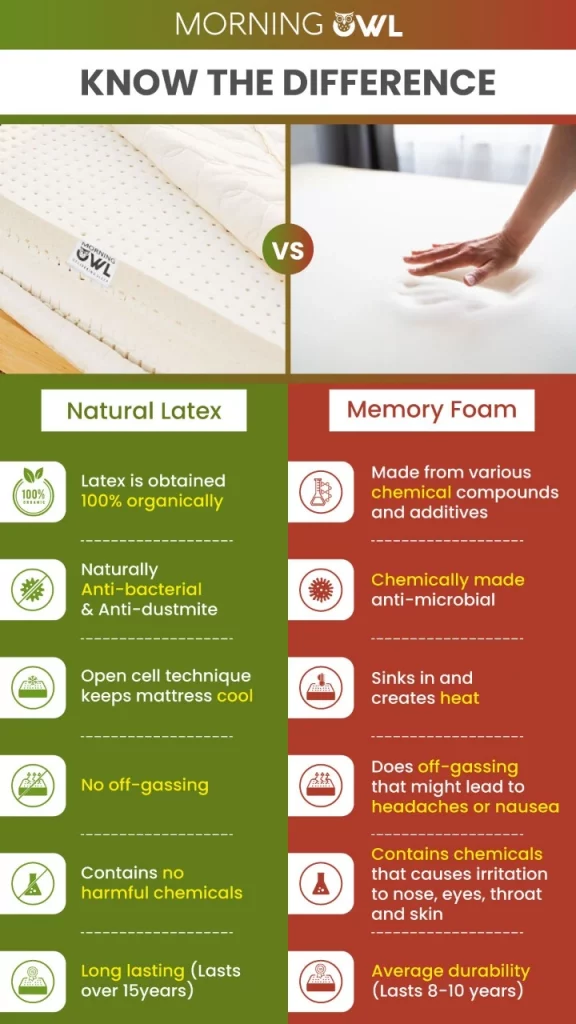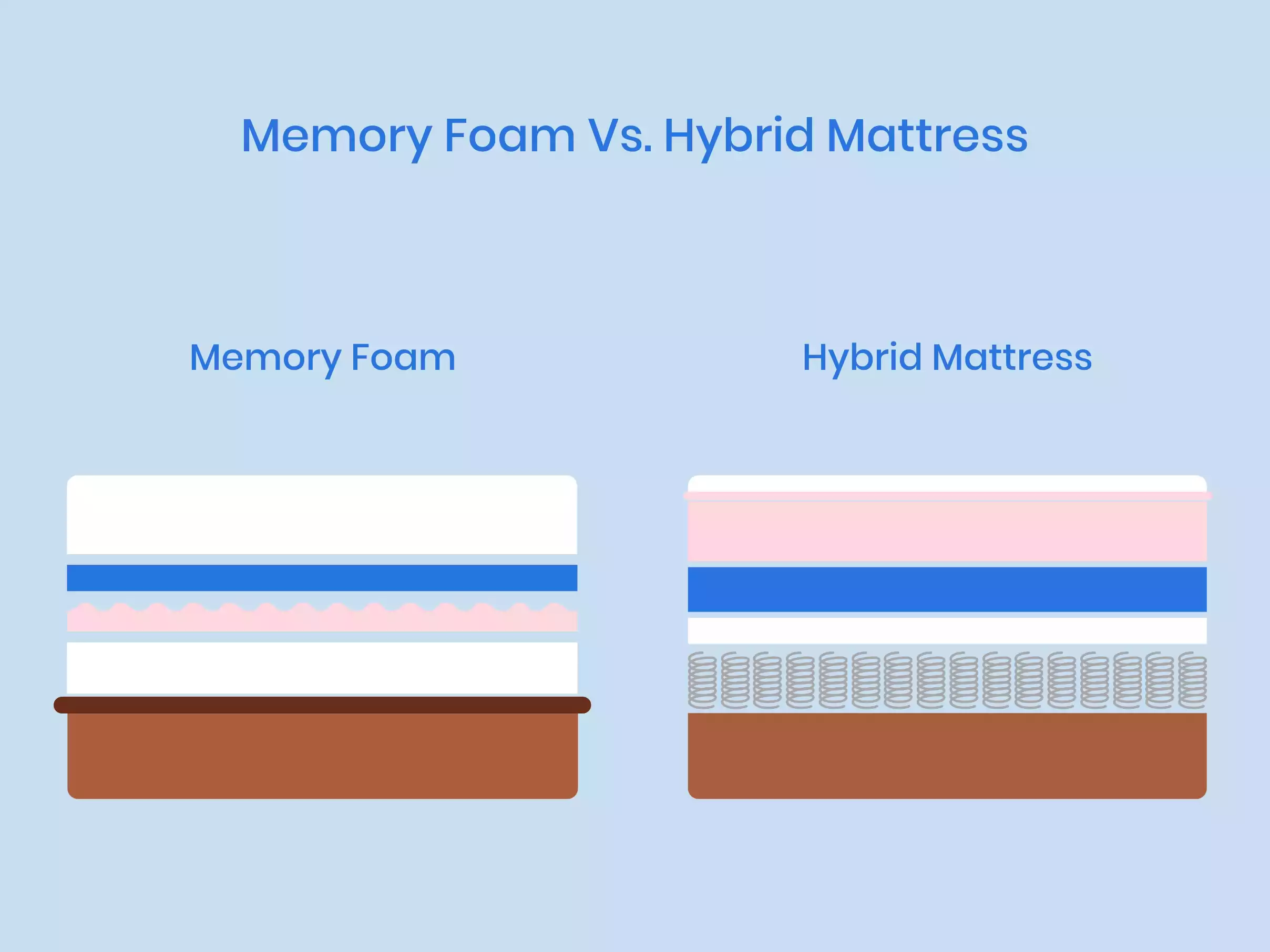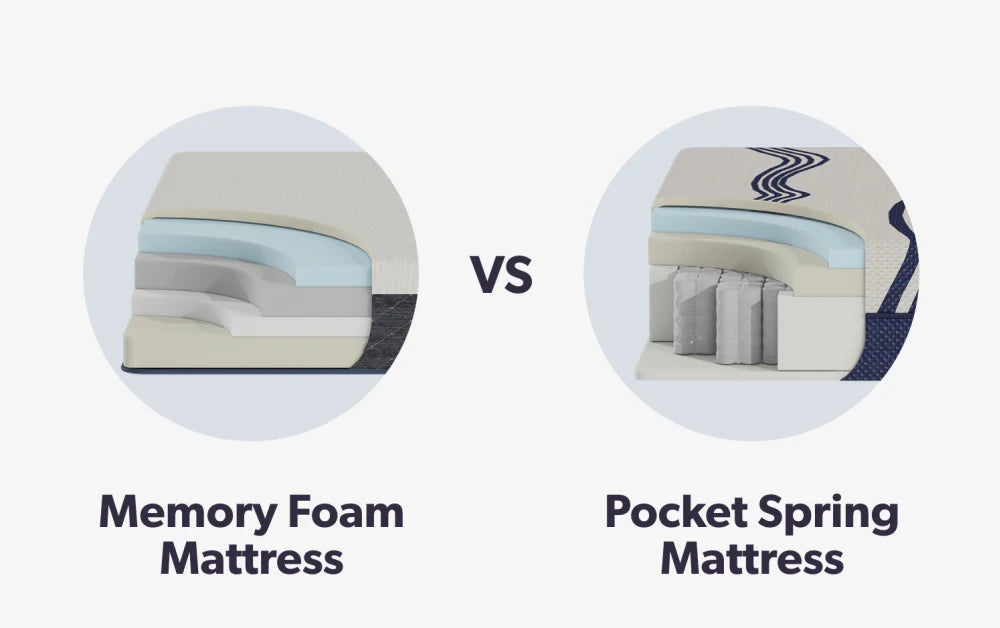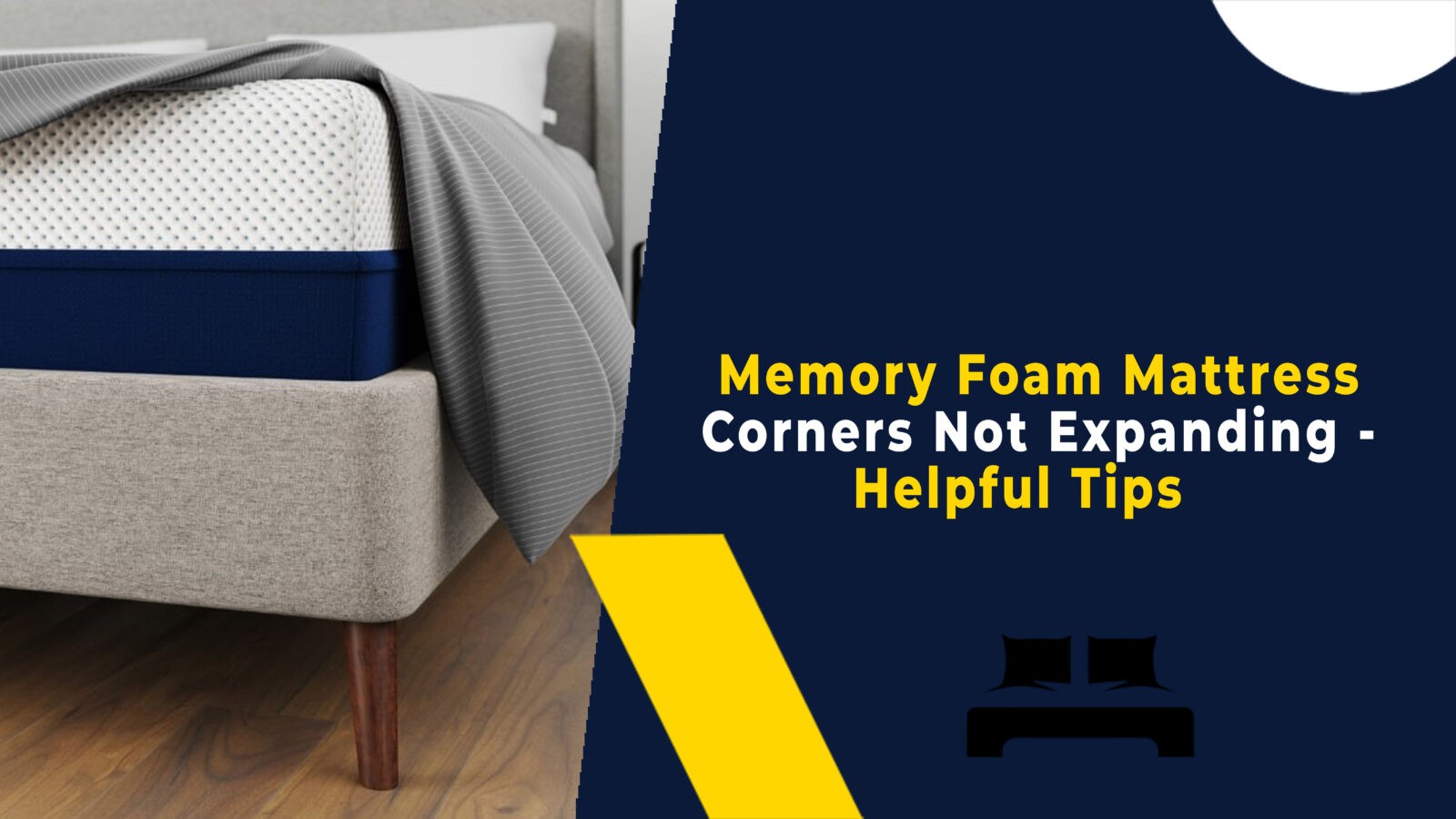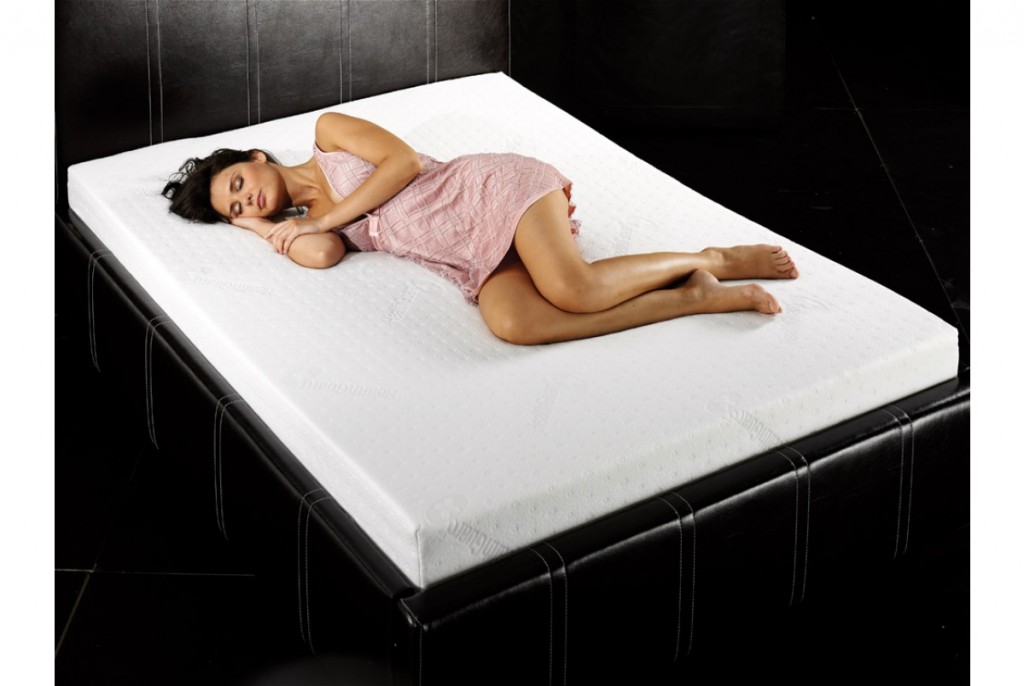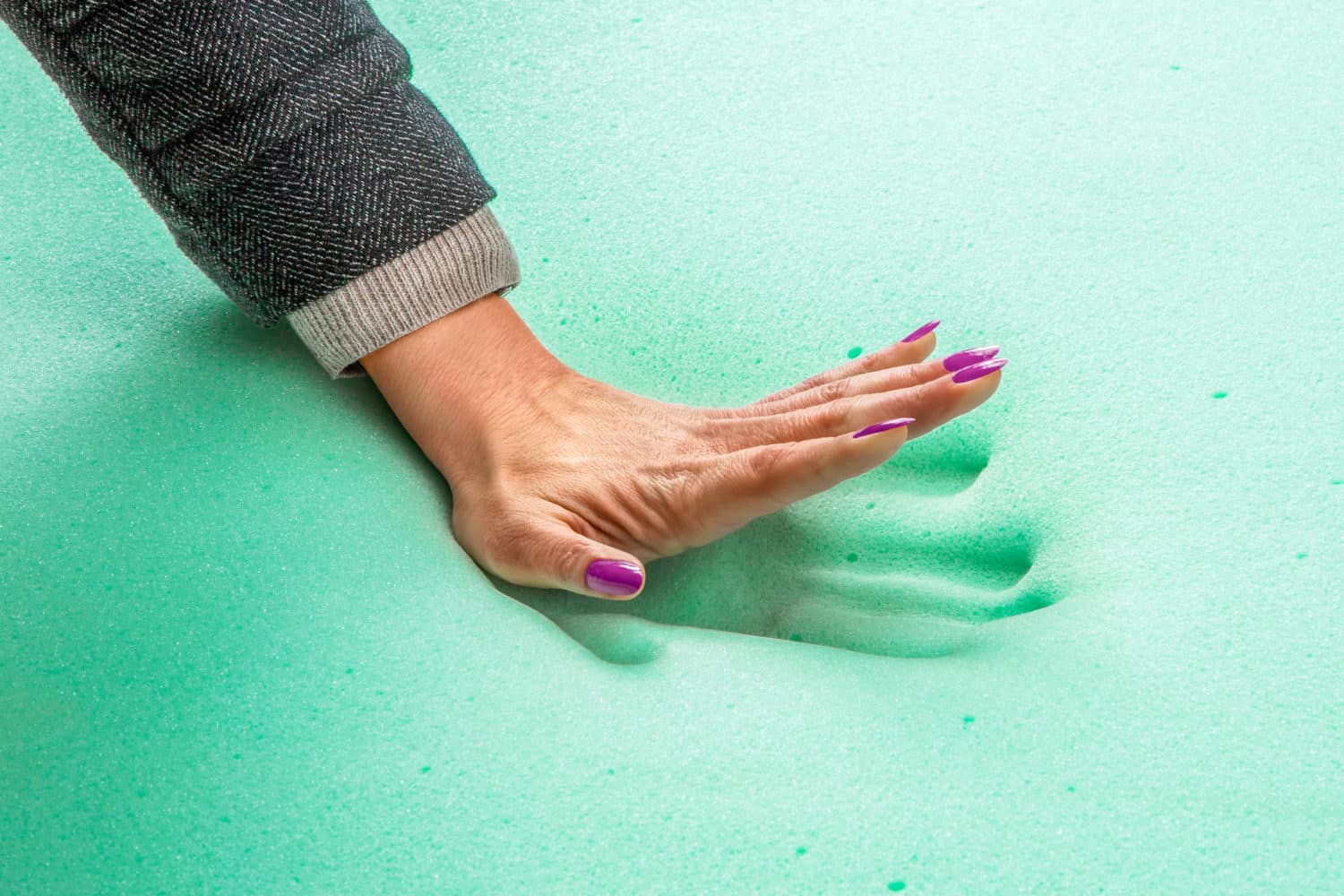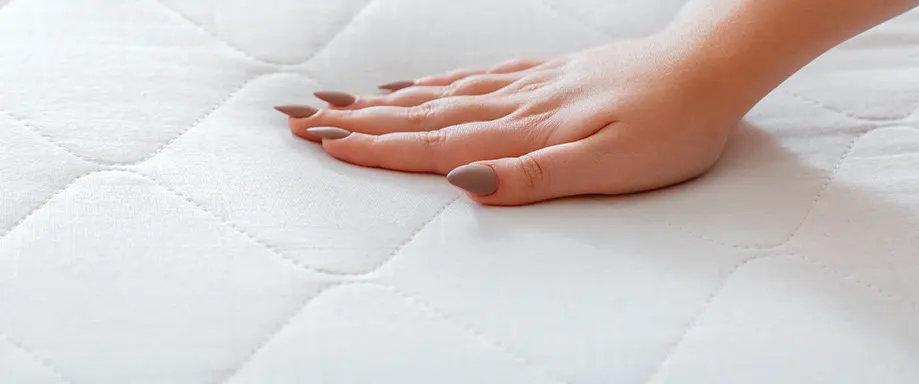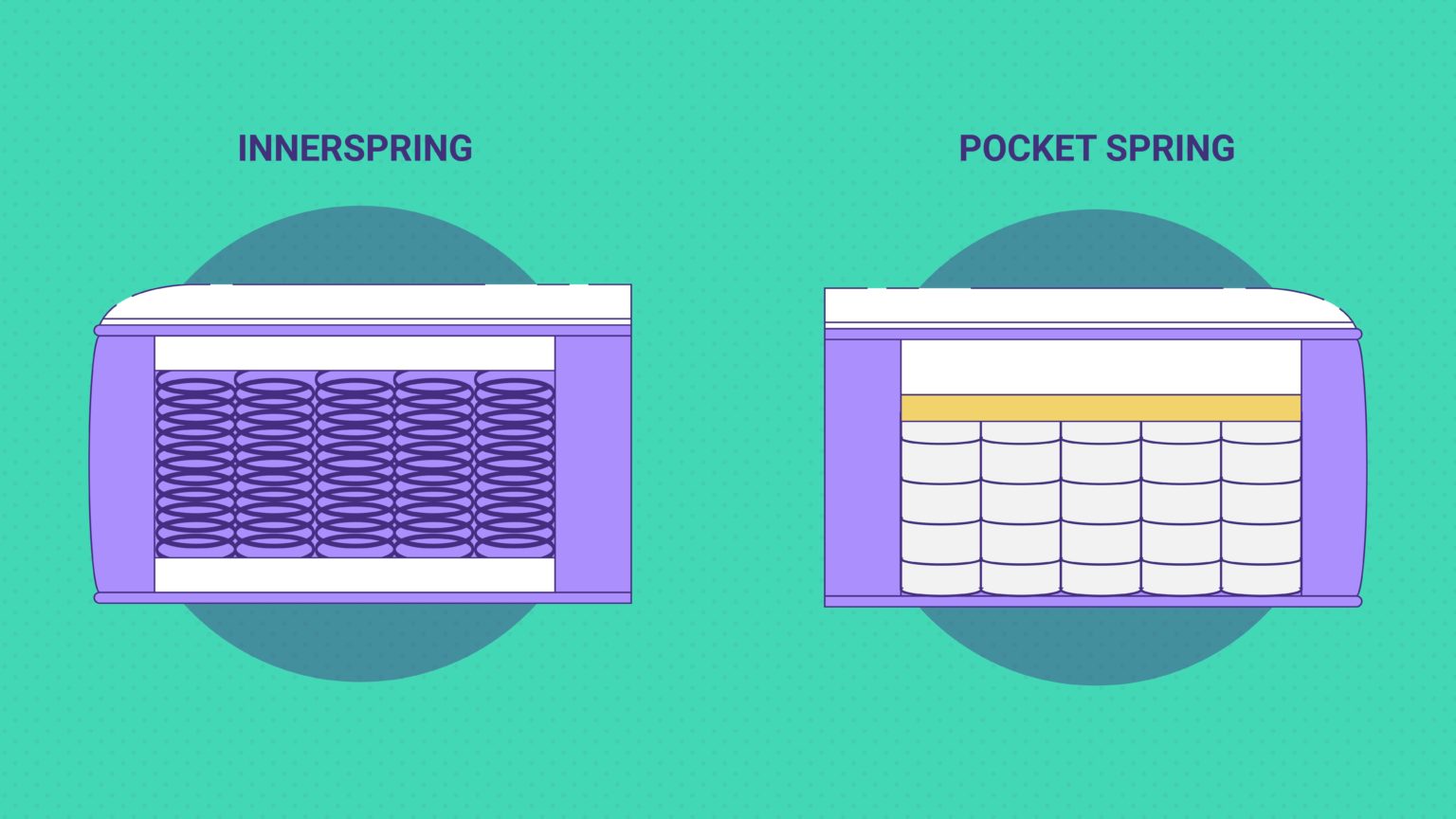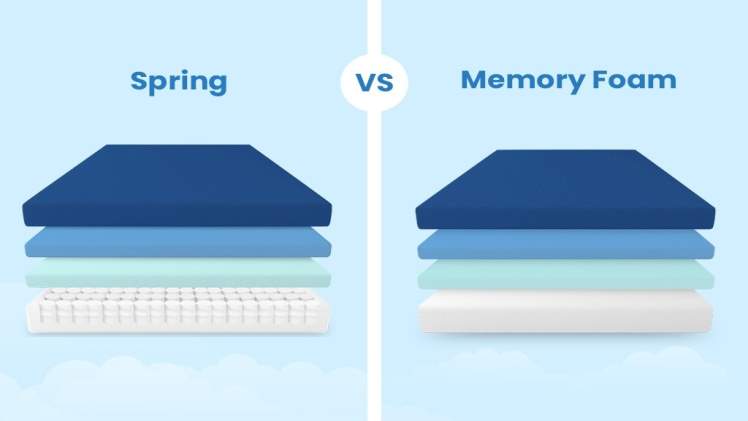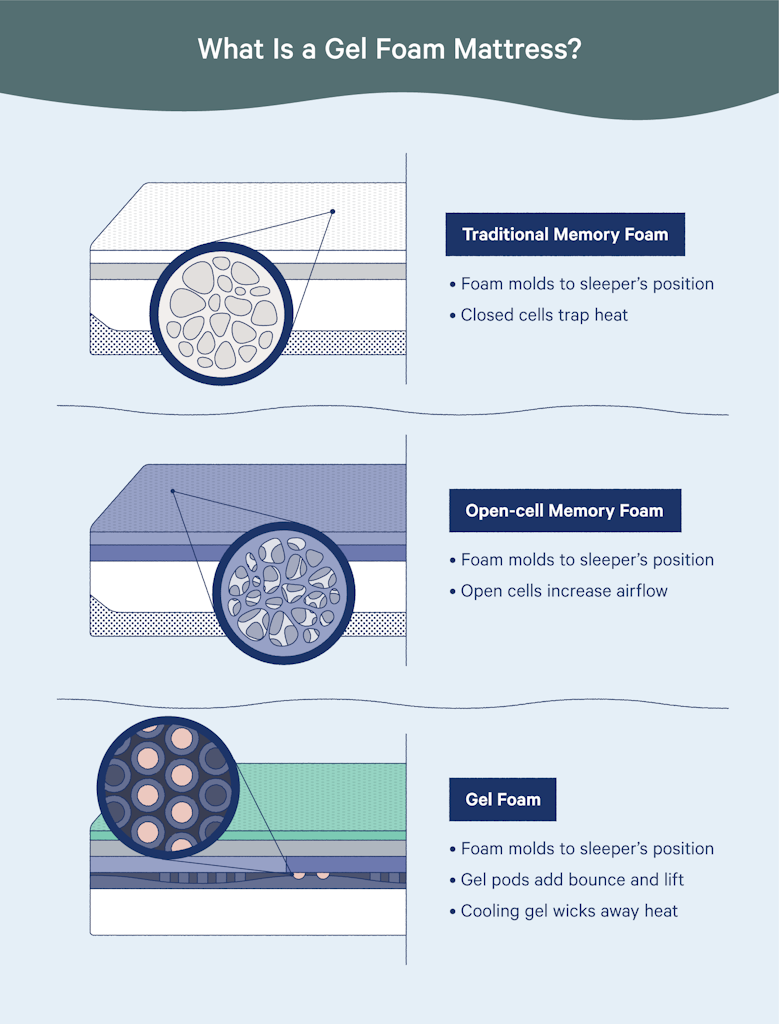Inner Spring vs Memory Foam Mattress: What's the Difference?
When it comes to choosing the perfect mattress, there are two main options that dominate the market: inner spring and memory foam mattresses. While both offer a comfortable place to rest your head at night, they have distinct differences that set them apart. In this article, we'll explore the top 10 main differences between these two types of mattresses to help you make an informed decision for your next purchase.
Understanding the Pros and Cons of Inner Spring and Memory Foam Mattresses
Before we dive into the differences, it's important to understand the pros and cons of both inner spring and memory foam mattresses. Inner spring mattresses are made up of coils or springs that provide support and bounce, while memory foam mattresses are made of a dense foam material that conforms to your body's shape.
Inner spring mattresses are known for their affordability and responsiveness, making them a popular choice for those who prefer a traditional feel. On the other hand, memory foam mattresses are praised for their pressure-relieving abilities and can often be more expensive than inner spring mattresses.
Inner Spring vs Memory Foam: Which Mattress is Right for You?
Now that you have a basic understanding of the differences between these two types of mattresses, you may be wondering which one is right for you. The answer ultimately depends on your personal preferences and sleeping style.
If you tend to sleep hot and prefer a bouncier feel, an inner spring mattress may be the way to go. However, if you struggle with back pain or need extra support, a memory foam mattress may be a better option for you.
The Key Differences Between Inner Spring and Memory Foam Mattresses
One of the most noticeable differences between inner spring and memory foam mattresses is their motion transfer. Inner spring mattresses are known for their high level of motion transfer, meaning that when one person moves, the entire bed may shake.
On the other hand, memory foam mattresses have minimal motion transfer, making them a great choice for couples or light sleepers. This is because the foam absorbs movement rather than transferring it to the rest of the bed.
Comparing Inner Spring and Memory Foam Mattresses: What You Need to Know
Another important factor to consider when comparing these two types of mattresses is their durability. Inner spring mattresses tend to have a shorter lifespan, usually lasting around 5-7 years. Memory foam mattresses, on the other hand, can last up to 10 years or more.
This is because inner spring mattresses have more components that can wear out over time, whereas memory foam mattresses are made of a single material that is less likely to break down.
Inner Spring vs Memory Foam: Which Provides Better Support and Comfort?
When it comes to support and comfort, both inner spring and memory foam mattresses have their own strengths. Inner spring mattresses provide a firm and supportive surface, making them a good choice for those with back pain or who prefer a firmer feel.
Memory foam mattresses, on the other hand, offer a more contouring and pressure-relieving experience. The foam conforms to your body's shape, providing support where you need it most and reducing pressure points.
The Science Behind Inner Spring and Memory Foam Mattresses
The construction of inner spring and memory foam mattresses also plays a role in their differences. Inner spring mattresses typically have a coil or spring system that provides the support and bounce, while memory foam mattresses are made of a viscoelastic foam that responds to body heat and pressure.
This difference in construction is what gives each type of mattress its unique feel and benefits. Inner spring mattresses may be better for those who prefer a cooler sleeping surface, while memory foam mattresses excel in pressure relief and body contouring.
Inner Spring vs Memory Foam: Which is Better for Pressure Relief?
As mentioned earlier, memory foam mattresses are known for their pressure-relieving abilities. This is because the foam conforms to your body's shape, distributing your weight evenly and reducing pressure on your joints.
Inner spring mattresses, while still providing support, may not offer the same level of pressure relief. This can be a crucial factor for those who suffer from chronic pain or have trouble sleeping due to discomfort.
Choosing the Right Mattress: Inner Spring vs Memory Foam
Ultimately, the best way to determine which type of mattress is right for you is to test them out for yourself. Visit a mattress store and spend some time lying on different models to get a feel for their differences.
Consider your sleeping preferences, budget, and any health conditions you may have when making your decision. Keep in mind that while inner spring mattresses may be a more affordable option, a high-quality memory foam mattress can offer exceptional comfort and support.
The Ultimate Showdown: Inner Spring vs Memory Foam Mattresses
So, which mattress comes out on top in the inner spring vs memory foam showdown? The truth is, there is no clear winner. Both types of mattresses have their own unique benefits and it ultimately comes down to personal preference.
The Advantages of Memory Foam Mattresses
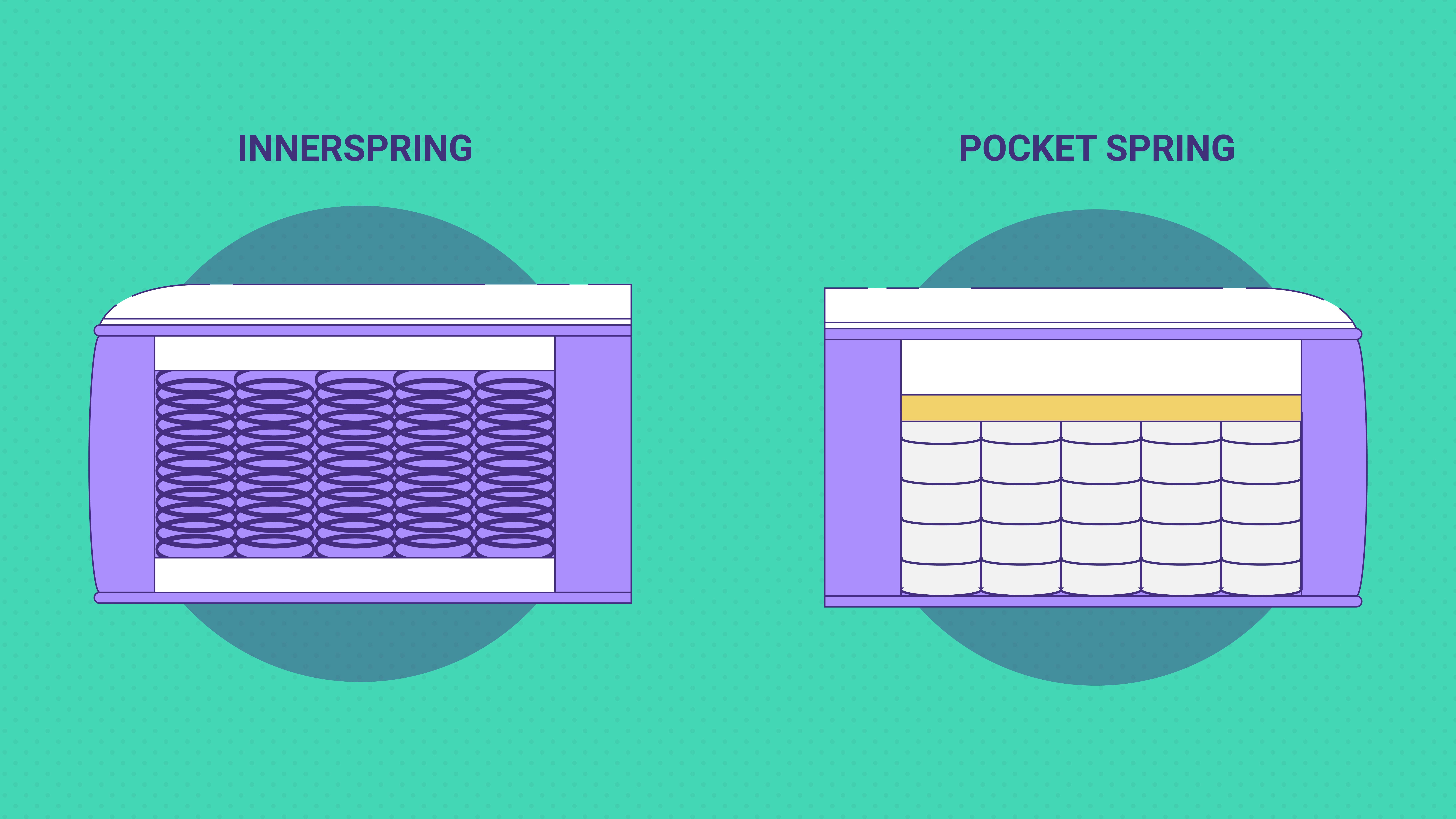
Comfort and Support
 One of the main differences between an inner spring and memory foam mattress is the level of comfort and support they provide.
Memory foam mattresses
are known for their ability to conform to the shape of your body, providing personalized support and pressure relief. This is because
memory foam
is designed to respond to heat and pressure, creating a contouring effect that helps distribute your body weight evenly. This can be especially beneficial for those who suffer from
back pain
or have trouble finding a comfortable sleeping position on a traditional
inner spring mattress
. The
memory foam
molds to your body, cradling your curves and helping to alleviate pressure points for a better night's sleep.
One of the main differences between an inner spring and memory foam mattress is the level of comfort and support they provide.
Memory foam mattresses
are known for their ability to conform to the shape of your body, providing personalized support and pressure relief. This is because
memory foam
is designed to respond to heat and pressure, creating a contouring effect that helps distribute your body weight evenly. This can be especially beneficial for those who suffer from
back pain
or have trouble finding a comfortable sleeping position on a traditional
inner spring mattress
. The
memory foam
molds to your body, cradling your curves and helping to alleviate pressure points for a better night's sleep.
Motion Isolation
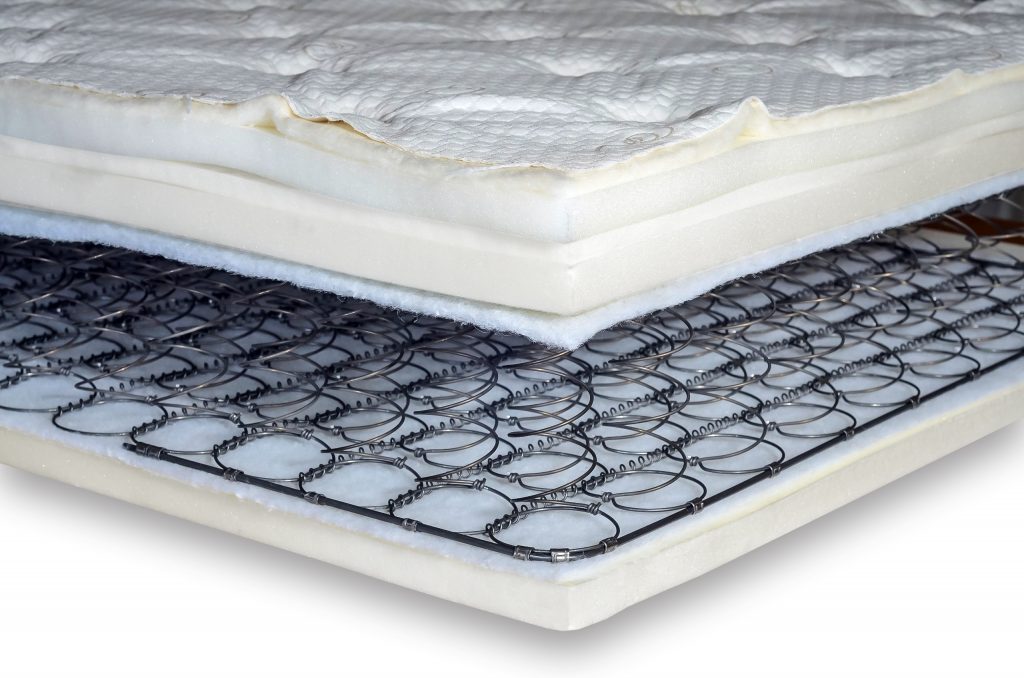 Another advantage of
memory foam mattresses
is their ability to isolate motion. This means that if you or your partner move during the night, the movement will not disturb the other person. This can be a great benefit for couples who have different sleep schedules or for those who are easily disturbed by their partner's movements. In contrast,
inner spring mattresses
tend to have more bounce and can transfer motion, leading to a less restful sleep for the other person.
Another advantage of
memory foam mattresses
is their ability to isolate motion. This means that if you or your partner move during the night, the movement will not disturb the other person. This can be a great benefit for couples who have different sleep schedules or for those who are easily disturbed by their partner's movements. In contrast,
inner spring mattresses
tend to have more bounce and can transfer motion, leading to a less restful sleep for the other person.
Durability
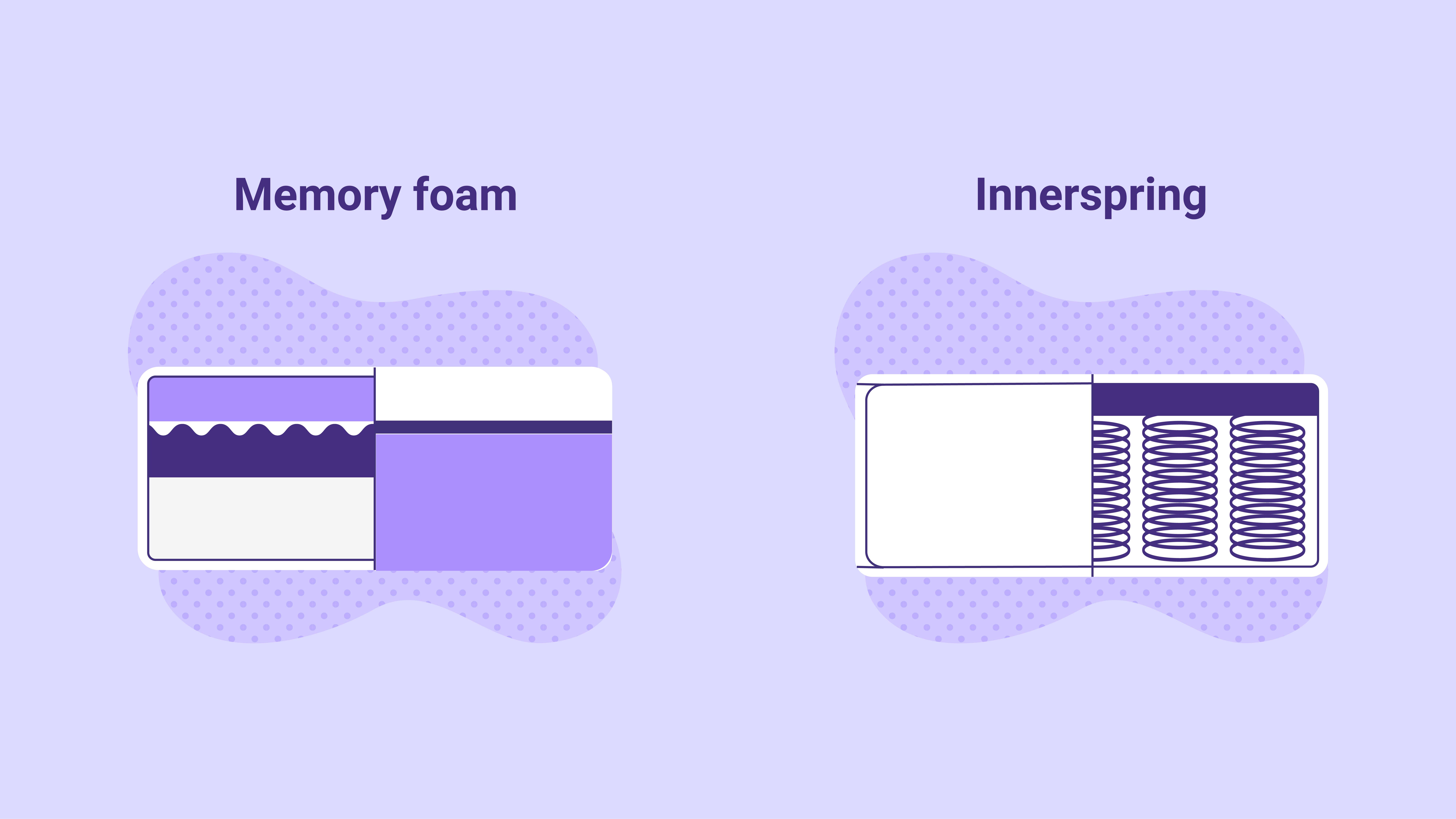 Memory foam mattresses
are also known for their durability. Unlike
inner spring mattresses
which can start to sag and lose support over time,
memory foam
maintains its shape and density for many years. This can be a significant factor for those looking to invest in a long-term mattress solution. Additionally, many
memory foam mattresses
come with warranties that guarantee their durability and provide peace of mind for consumers.
Memory foam mattresses
are also known for their durability. Unlike
inner spring mattresses
which can start to sag and lose support over time,
memory foam
maintains its shape and density for many years. This can be a significant factor for those looking to invest in a long-term mattress solution. Additionally, many
memory foam mattresses
come with warranties that guarantee their durability and provide peace of mind for consumers.
Temperature Regulation
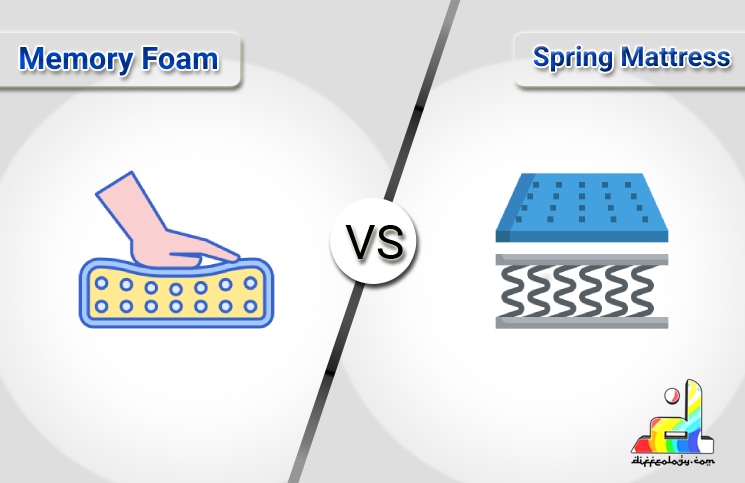 One common concern about
memory foam mattresses
is that they can trap heat and cause sleepers to overheat. However, advancements in technology have led to the development of
gel-infused memory foam
which helps regulate temperature and keep sleepers cool throughout the night. Some
memory foam mattresses
also have open-cell construction, allowing for better airflow and heat dissipation. This makes them a great option for those who tend to sleep hot.
One common concern about
memory foam mattresses
is that they can trap heat and cause sleepers to overheat. However, advancements in technology have led to the development of
gel-infused memory foam
which helps regulate temperature and keep sleepers cool throughout the night. Some
memory foam mattresses
also have open-cell construction, allowing for better airflow and heat dissipation. This makes them a great option for those who tend to sleep hot.
Final Thoughts
 While both
memory foam
and
inner spring mattresses
have their own unique benefits,
memory foam
mattresses are often a preferred choice for their superior comfort, support, and durability. If you are in the market for a new mattress, be sure to consider the advantages of
memory foam
and choose the best option for your specific needs and preferences.
While both
memory foam
and
inner spring mattresses
have their own unique benefits,
memory foam
mattresses are often a preferred choice for their superior comfort, support, and durability. If you are in the market for a new mattress, be sure to consider the advantages of
memory foam
and choose the best option for your specific needs and preferences.




